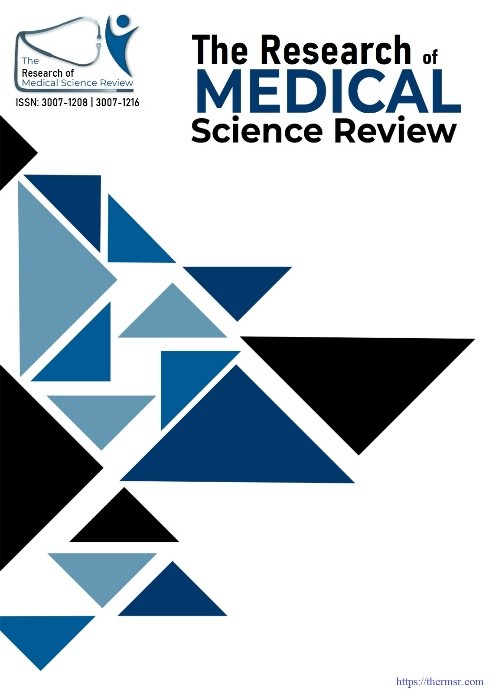PROGNOSTIC ACCURACY OF SERUM LACTATE IN DETERMINING MORTALITY IN SEPSIS AT DHQ HOSPITAL MIRPUR AJK
Main Article Content
Abstract
Background: Sepsis is a life-threatening condition characterized by a dysregulated host response to infection, often resulting in multi-organ dysfunction and high mortality. Early identification of high-risk patients is essential for improving outcomes. Serum lactate has emerged as a valuable biomarker for assessing disease severity and guiding timely interventions. This study evaluates the prognostic utility of serum lactate levels in predicting in-hospital mortality among septic patients.
Materials and Methods: This prospective observational study was conducted at DHQ Hospital Mirpur, AJK over a period of six months to evaluate the prognostic utility of serum lactate in septic patients. A total of 110 adult patients diagnosed with sepsis were included based on Sepsis-3 criteria. Serum lactate levels and SOFA scores were recorded at admission, and in-hospital mortality up to 28 days was assessed as the primary outcome. Diagnostic accuracy metrics, including sensitivity, specificity, PPV, NPV, and p-values, were calculated using SPSS version 23.0. The statistical significance set at p ≤ 0.05.
Results: Among 110 patients diagnosed with sepsis, 77.3% survived while 22.7% died during hospitalization. Non-survivors were significantly older and had higher serum lactate levels and SOFA scores at admission compared to survivors (p < 0.001). Respiratory infections were more common among non-survivors, whereas urinary tract infections predominated in survivors. A serum lactate cutoff of ≥4.0 mmol/L demonstrated high diagnostic accuracy (89.1%) in predicting mortality, with a sensitivity of 96.0% and specificity of 87.1%.
Conclusion: Serum lactate proved to be a valuable prognostic biomarker for predicting in-hospital mortality among septic patients. A threshold of ≥4.0 mmol/L demonstrated high diagnostic accuracy, supporting its use in early risk stratification.
Downloads
Article Details
Section

This work is licensed under a Creative Commons Attribution-NonCommercial-NoDerivatives 4.0 International License.
